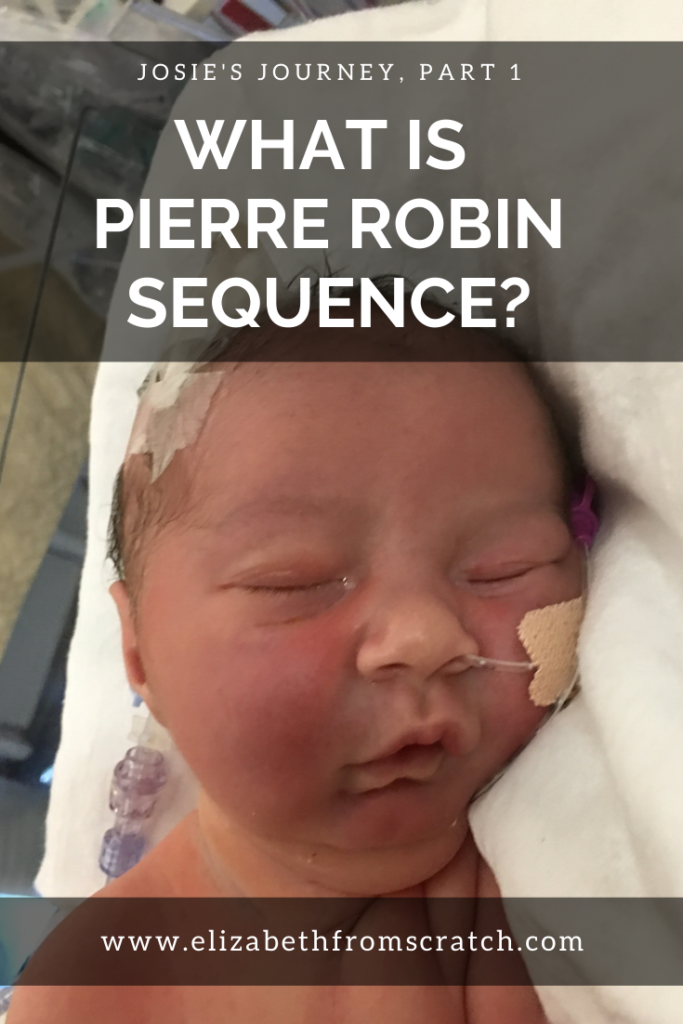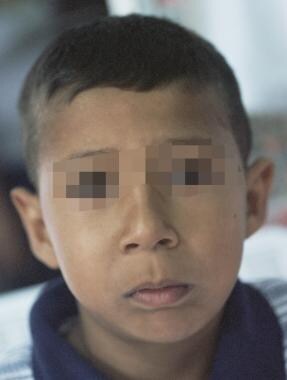
Pierre Robin sequence occurs in 1/8500 to 1/14,000 births. The two most common procedures for treatment, tongue–lip adhesion and distraction osteogenesis of the mandible, are discussed. Prior to considering any surgical procedure, the clinician should first rule out any sources of obstruction below the base of the tongue that would necessitate a tracheostomy. A proportion of PRS infants do not respond to conservative measures and will require further intervention. Early feeding via a nasogastric tube may also reduce the amount of energy needed and allow for early weight gain. If the infant continues to show evidence of desaturation, then placement of a nasopharyngeal tube is indicated. In the correct position, most children will also be able to feed normally. Positioning will resolve the airway obstruction in ~70% of cases. Infants with PRS should be evaluated by a multidisciplinary team to assess the anatomic findings, delineate the source of airway obstruction, and address airway and feeding issues. However, it is related to several other craniofacial anomalies and may appear in conjunction with a syndromic diagnosis, such as velocardiofacial and Stickler syndromes.

PRS is not a syndrome in itself, but rather a sequence of disorders, with one abnormality resulting in the next.

Typically, a wide U-shaped cleft palate is also associated with this phenomenon. The smaller mandible displaces the tongue posteriorly, resulting in obstruction of the airway. Infants frequently present at birth with a hypoplastic mandible and difficulty breathing. Pierre Robin sequence (PRS) is classically described as a triad of micrognathia, glossoptosis, and airway obstruction.


 0 kommentar(er)
0 kommentar(er)
